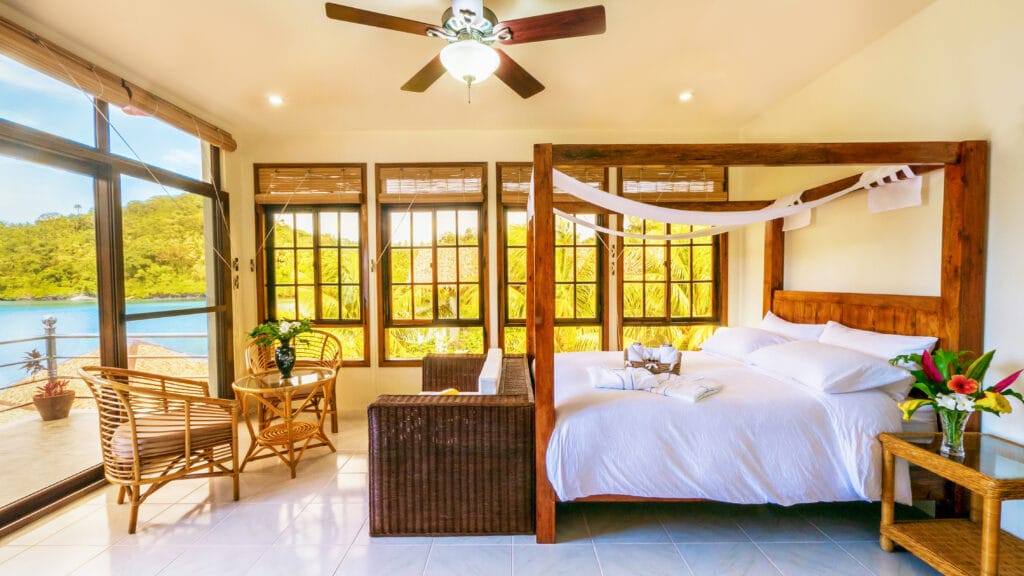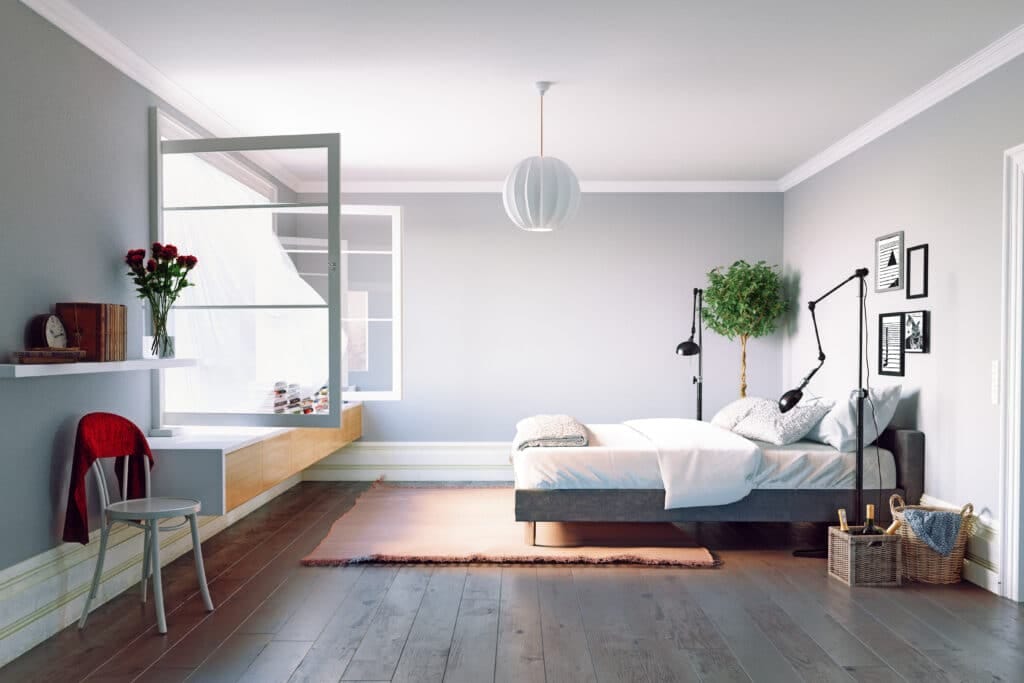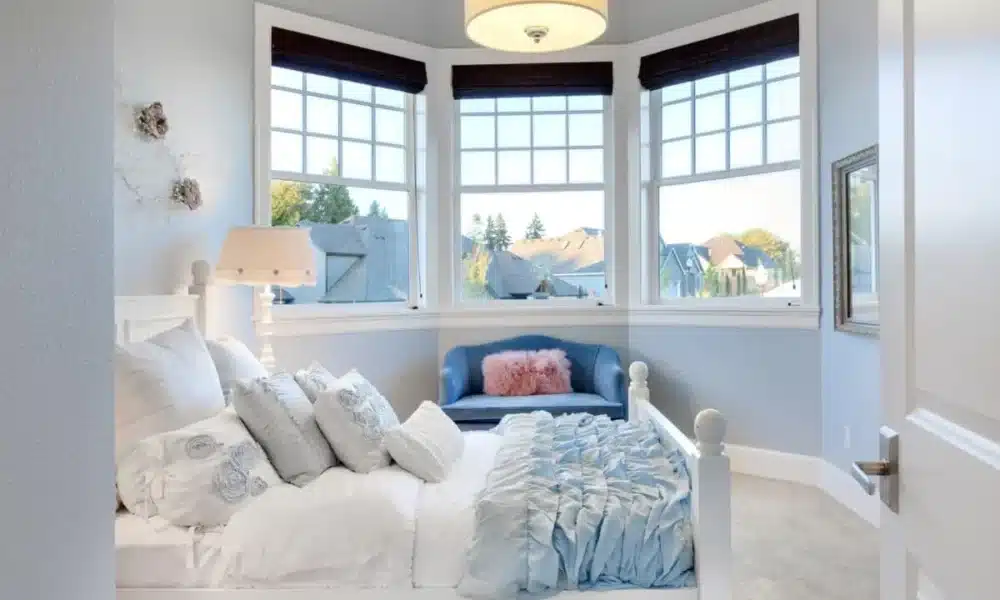Introduction to Bedroom Windows
In today’s fast-paced world, our bedrooms serve as sanctuaries where we retreat to recharge. A significant aspect of this space is its design, particularly concerning windows in bedroom. Many individuals may wonder, Does a bedroom have to have a window? This question can lead to varying answers based on personal preferences, legal requirements, and design considerations. This article delves into the importance of windows in bedroom, examines the legal aspects, and explores creative solutions for windowless spaces.
Table Of Content
- Introduction to Bedroom Windows
- Why Window Matter in a Bedroom
- Common Misconceptions About Windows in Bedroom
- Legal Considerations for Bedrooms
- Building Codes and Regulations
- What Constitutes a Legal Bedroom
- Benefits of Having a Window in the Bedroom
- Natural Light and Its Effects on Mood
- Ventilation and Fresh Air
- Creative Solutions for Windowless Bedrooms
- Using Artificial Lighting
- Incorporating Mirrors for Light Reflection
- Creating a Faux Window Effect
- Bedroom Window Ideas for Enhancing Space
- Elegant Window Treatments
- Plant Decor for a Lively Atmosphere
- Conclusion: Weighing Your Options
- FAQs
- Can a bedroom be legally classified without a window?
- What are the best lighting options for a windowless bedroom?
- How can I improve air quality in a windowless bedroom?
- What types of plants are best for low-light conditions?
- Can I create a faux window effect in any room?
Why Window Matter in a Bedroom
Windows play a crucial role in any bedroom, influencing everything from natural light to ventilation and even aesthetics. The presence of windows can transform a confined space into an airy retreat, enhancing the overall ambiance. Natural light is essential for our circadian rhythms, promoting better sleep patterns and overall well-being. Furthermore, the visual connection to the outside world can help alleviate feelings of confinement, especially in urban settings.
Having windows in bedroom not only provides fresh air but also enhances the overall livability of the space. The inclusion of windows in bedroom can make even small areas feel larger and more inviting.
Contrary to popular belief, not all bedrooms must have windows to be classified as such; however, the absence of windows can lead to a less desirable living environment. This article aims to provide insight into the various elements that define bedrooms, with or without windows, while celebrating the benefits and creativity involved in window design.
Common Misconceptions About Windows in Bedroom
Another key point to consider is how windows in bedroom can affect your mood and comfort. The right placement and design of windows in bedroom can significantly enhance the room’s atmosphere.
One common misconception is that a bedroom must have a window for ventilation. While windows do provide natural airflow, alternative solutions exist, such as mechanical ventilation systems or air purifiers. Another myth is that a windowless bedroom is inherently gloomy or uninviting. With thoughtful design choices, a space without windows can be transformed into a cozy, welcoming haven, making the absence of a window less of a drawback.
Moreover, many people assume that having a window is integral to the room’s legality. However, this varies by location and building code. While some regulations mandate windows in bedroom for safety reasons, others may allow for alternative solutions, such as skylights or transom windows.
Legal Considerations for Bedrooms
Building Codes and Regulations
Understanding the need for windows in bedroom is critical for both safety and comfort. Properly sized windows in bedroom ensure compliance with legal standards and provide essential ventilation.
When it comes to defining a legal bedroom, building codes play a pivotal role. Regulations differ significantly across regions, but most jurisdictions require a bedroom to have at least one exit point, which is often fulfilled by a window. The International Residential Code (IRC) suggests specific dimensions and operational features for windows used for egress, ensuring safety in case of an emergency.
In some areas, if the bedroom is located below ground level, it must have a window that meets specific size criteria to provide a safe escape route. If this is not feasible, homeowners need to explore alternatives, such as installing a window well or utilizing a door that leads outside.
What Constitutes a Legal Bedroom
To qualify as a legal bedroom, a space typically must meet the following criteria: it must have sufficient square footage, a means of egress, adequate ventilation, and proper electrical outlets and lighting. While having a window generally satisfies these requirements, various configurations, such as using a door or a skylight, can also meet legal standards.
It’s essential to research local regulations to ensure compliance. The guidelines set forth by the IRC or other local governing bodies provide crucial information for homeowners considering renovations or new constructions.
Benefits of Having a Window in the Bedroom
The presence of windows in bedroom can also add to the aesthetic appeal of your home. From classic designs to modern minimalist styles, windows in bedroom can be tailored to fit your unique taste.
Natural Light and Its Effects on Mood
One of the most notable benefits of having a window in the bedroom is the influx of natural light. Studies have shown that exposure to natural light positively impacts mental health, increasing feelings of happiness and reducing symptoms of stress or depression. Sunlight boosts the production of serotonin, a neurotransmitter that contributes to feelings of well-being and happiness.
Additionally, natural light helps regulate our circadian rhythms, which play a significant role in determining our sleep-wake cycles. A well-lit bedroom during the day can facilitate better sleep at night, ultimately improving overall health.

Ventilation and Fresh Air
Windows also provide essential ventilation, allowing fresh air to circulate within the room. Proper ventilation minimizes indoor air pollutants and can reduce the risk of respiratory issues. In contrast, a windowless bedroom may feel stagnant, leading to discomfort and potentially harmful effects on health. It can also promote the growth of mold and mildew, particularly in humid environments.
Incorporating windows into the bedroom design enables homeowners to enjoy fresh air, creating a healthier indoor atmosphere. It’s worth noting that even in windowless rooms, mechanical ventilation systems can help to circulate air, but there’s nothing quite like the natural flow provided by an open window.
Creative Solutions for Windowless Bedrooms
Using Artificial Lighting
In spaces without windows, using artificial lighting effectively can create an inviting atmosphere. Layered lighting—combining ambient, task, and accent lighting—can simulate the warmth of natural light. Dimmable LED lights are particularly beneficial, allowing homeowners to adjust brightness based on the time of day or the mood they wish to create.
Consider incorporating warm-toned bulbs that closely mimic natural sunlight. Additionally, strategically placing lamps in corners or using wall sconces can enhance the room’s openness, making it feel more spacious and airy.
Incorporating Mirrors for Light Reflection
Another effective strategy for windowless bedrooms is the clever use of mirrors. Mirrors can reflect light, creating a sense of depth and space within a room. Placing a large mirror opposite a light source can amplify brightness, giving the illusion of windows in bedroom and making the area feel larger.
Decorative mirrors can also serve as a stylish focal point, adding character to the decor. A gallery wall of mirrors can bring a unique aesthetic while enhancing the room’s overall luminosity.
Creating a Faux Window Effect
For those who desire the feel of a window without having one, creating a faux window effect can be a fantastic solution. This can be achieved by using wallpaper or decals that mimic the look of windows, complete with outdoor scenery. Many design companies offer a range of options that portray beautiful landscapes or charming city views.
Additionally, hanging sheer curtains on these faux windows can enhance the illusion of depth and allow light from artificial sources to filter through, creating a dreamy aesthetic that substitutes for actual windows.

Bedroom Window Ideas for Enhancing Space
Inspiration for windows in bedroom can be drawn from various design philosophies, ensuring that every space can benefit from thoughtful window placement.
Elegant Window Treatments
When it comes to actual bedroom windows, the right treatments can elevate the overall design. Elegant window treatments, such as floor-length drapes or Roman shades, not only enhance the room’s aesthetics but also offer control over light and privacy. Choosing fabrics that complement the color scheme and style of the room adds a layer of sophistication.
Layering window treatments can also create a dynamic look. For example, pairing sheer curtains with heavier drapes allows for flexibility in managing light without sacrificing elegance. Opting for a color palette that resonates with the rest of the decor can tie everything together harmoniously.
Plant Decor for a Lively Atmosphere
Additionally, the right plants can thrive near windows in bedroom, enhancing air quality and adding a natural touch to your decor.
Add a touch of nature to your bedroom by incorporating plants, especially near windows. Indoor plants improve air quality and can boost mood levels, making the bedroom feel more inviting and tranquil. Choosing low-maintenance plants like snake plants or pothos can ensure that your greenery thrives even in lower light conditions.
In addition to being aesthetically pleasing, plants offer psychological benefits, such as reducing stress and promoting relaxation. Positioning plants on windowsills or arranging them in creative displays can create a vibrant atmosphere that enhances the room’s overall appeal.
Conclusion: Weighing Your Options
Ultimately, the benefits of including windows in bedroom in your design far outweigh the challenges, providing a nurturing space for relaxation and rejuvenation.
When considering whether a bedroom needs a window, it’s essential to evaluate both personal preferences and legal requirements. While windows provide undeniable benefits in terms of natural light and ventilation, creative solutions exist for windowless bedrooms that can enhance comfort and style. From artificial lighting to the clever use of mirrors and faux window designs, there are numerous ways to create an inviting space without traditional windows.
Ultimately, the choice to include windows in a bedroom design should align with your lifestyle, aesthetic preferences, and compliance with local regulations. Whether your windowless bedroom becomes a serene retreat or your windowed space enhances your daily life with light, the key is to find what works best for you.
FAQs
Can a bedroom be legally classified without a window?
Yes, it can be classified as a bedroom without a window, depending on local building codes. Some codes may allow for alternatives like skylights or doors for egress.
What are the best lighting options for a windowless bedroom?
Layered lighting with ambient, task, and accent lights is ideal. Dimmable LED bulbs and strategically placed lamps can effectively create a welcoming atmosphere.
How can I improve air quality in a windowless bedroom?
Using air purifiers, regularly changing bedding, and incorporating plants can significantly enhance air quality in a windowless bedroom.
What types of plants are best for low-light conditions?
Low-light plants like snake plants, pothos, and ZZ plants thrive in dim conditions and can add a touch of greenery to your space.
Can I create a faux window effect in any room?
Yes, faux window effects can be created in any room using wallpaper, decals, or artwork that mimics outdoor views, enhancing the aesthetic without needing a real window.












